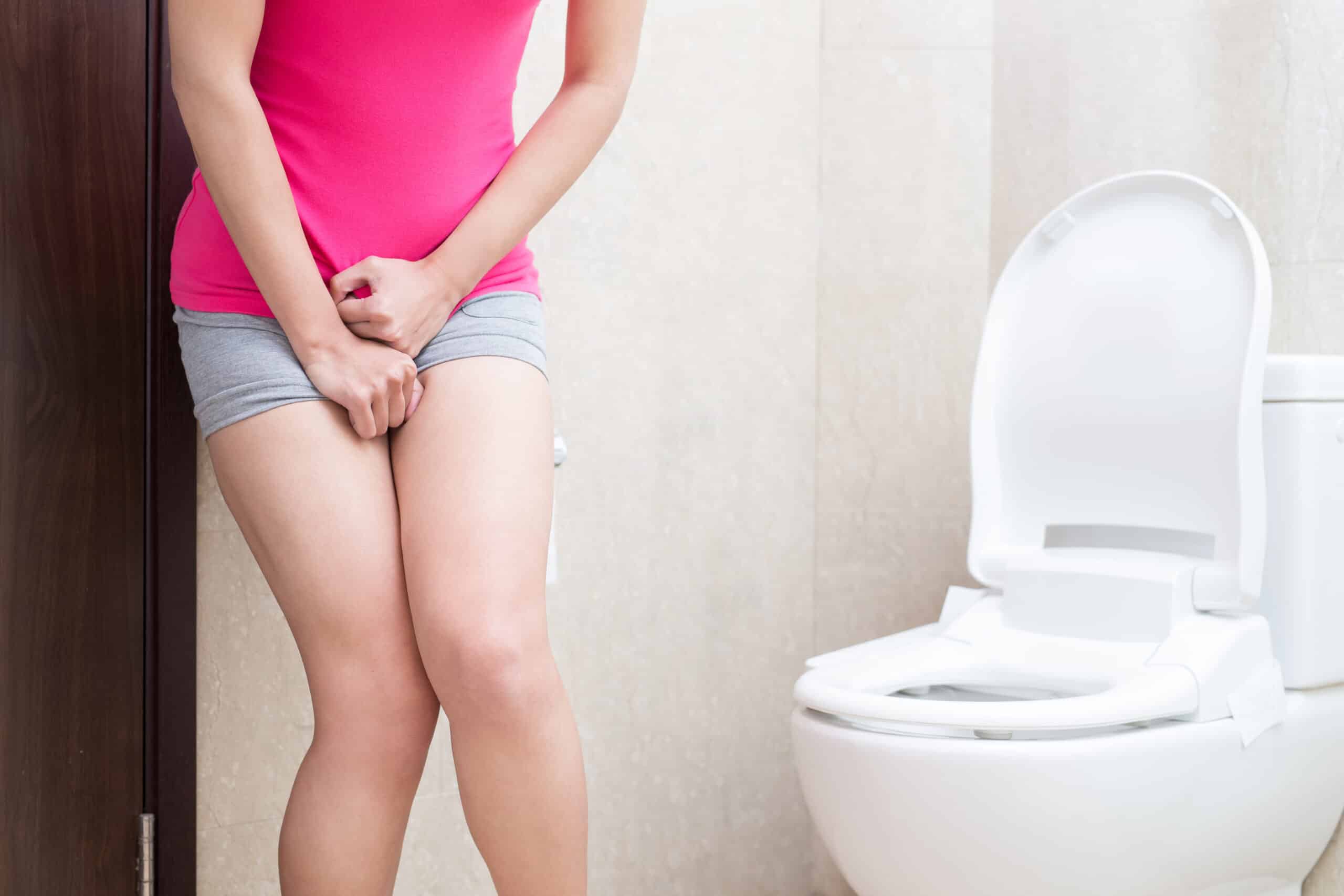What Is an Overactive Bladder?
Overactive bladder is a type of urinary continence. This is when the bladder suddenly feels the urge to urinate, which is why it’s commonly referred to as urge incontinence as well. It causes people to take frequent trips to the bathroom and sometimes may be uncontrollable, leading to leakage.
How Do I Know If I Have an Overactive Bladder?
- Need to urinate more than eight times a day
- If you wake up more than twice a night to pee
- Experience leakage after having the urge to pee
There Are Multiple Forms of Incontinence
Overactive bladder or urge incontinence is one of the most common types of urinary incontinence. But it is important to note that there are a few other kids you may experience as well.
- Stress incontinence is when pressure or a sudden movement causes urinary leakage.
- Overflow incontinence is when the bladder can not fully empty even if you just went to the bathroom.
- Functional incontinence is when a physical impairment prevents you from making it to the bathroom on time.
- Mixed incontinence is a combination of any of the above.
Making Diet Changes
The good news is that there are a number of dietary changes that can make a significant positive impact on your overactive bladder. Traces of what we eat and drink end up getting filtered throughout the kidneys and stored in our bladder. That’s why being selective matters.
What To Avoid
- Certain drinks, such as carbonated beverages, tea, and coffee, can significantly irritate your bladder. Caffeine makes it worse, but even decaffeinated drinks in these areas can affect your bladder poorly.
- Alcohol is a diuretic that contributes to the production of urine. Alcohol is known to make a person have to urinate frequently.
- Orange, lemons, and lines, along with any other acidic or citrus fruit, should be minimized or eliminated from your diet if you have an overactive bladder. They cause urge incontinence and frequent urination.
- Spicy foods and tomatoes are something that can cause irritation. Tomatoes are acidic, and when combined to make salsa, this is a dangerous combination.
- Oddly enough, onions are not good for the diet. The rawer they are, the worse they are for the bladder.
What To Add
- It may feel counterintuitive, but drinking more water may help you to go to the bathroom less. If you drink too much, this can, of course, cause some issues, but finding the right balance is key.
- Adding fiber to your diet helps prevent constipation. When someone with urge incontinence is constipated, it puts more pressure on their bladder, which can cause leaking.
- Lean proteins such as fatty fish, eggs, ground turkey, and more are all great dietary additions for an overactive bladder.
- Vegetables, including dark leafy greens, for a good source of vitamins and minerals. They are also high in fiber which is great for your diet.
Other Alternatives to Ease Symptoms
Having the appropriate diet isn’t the only way you can help ease your symptoms of an overactive bladder. There are many different techniques and approaches to the issue.
Exercise and Muscle Strengthening
Aside from controlling your diet, you can also choose other healthy lifestyle choices like exercising. Maintaining a healthy weight reduces the pressure your bladder may feel if you are overweight.
More importantly, strengthening your pelvic muscles can help control your bladder when you need to urinate. This includes strengthening your abdominals, glutes, and back. At first, it may feel difficult if you experience stress incontinence, but after improvement, conditions will improve.
Urinary Incontinence Briefs
Regardless of how much you improve your symptoms, there is always the chance that there may be instances of leakage. That’s why always being prepared by wearing urinary incontinence briefs can be comforting. There are a lot of brands that offer different styles to fit different needs. It’s important to prioritize quality and materials.
Medications and Procedures
There are some instances of urinary incontinence that are harder to treat. A great example is when we look at the correlation of incontinence and dementia.
Professionals from Because Market state that “not all incontinence in people with dementia or Alzheimer’s disease is caused by this medical condition.” This can make it difficult to treat if the other contributing factors aren’t made note of.
In sometimes untreatable situations or more severe urinary incontinence, a catheter or medical procedure may be done. Sometimes creams can be used to eliminate urge incontinence in certain scenarios.
Incorporated Healthy Changes
Making dietary changes can have a significant impact on how severe your urge incontinence is. Making subtle changes rather than a big overhaul may be the best way to work yourself into a new diet. The same can be said for exercise. Overdoing it on the first day may lead you astray early on. And with a new diet and exercise, it’s important to continue drinking water.
In scenarios where symptoms don’t seem to be improving, it’s worth consulting your doctor. They may be able to offer a more hands-on approach with medications or procedures that can ease complications.




